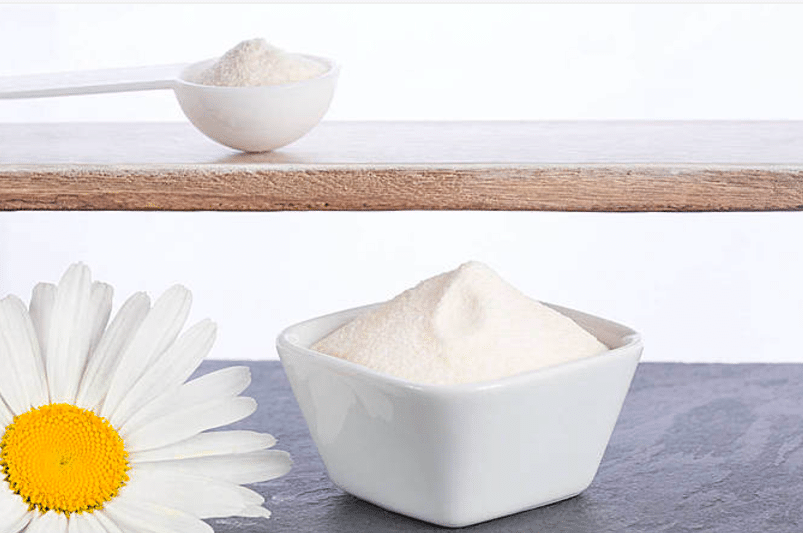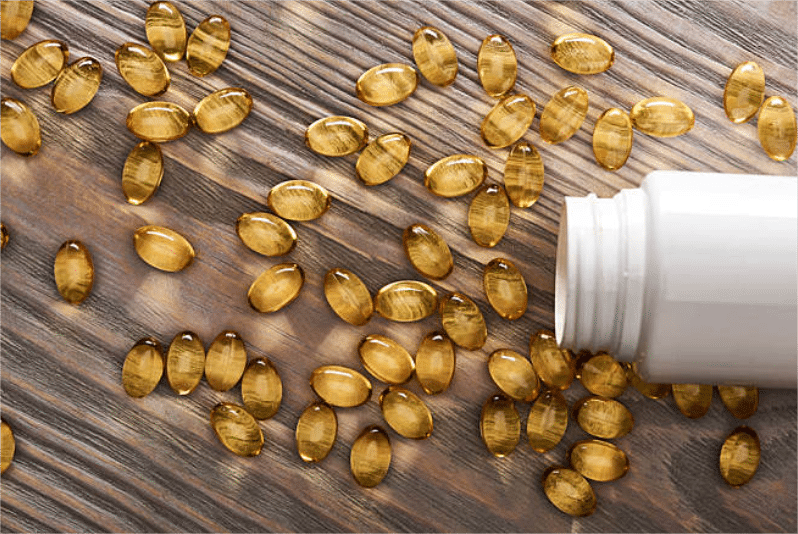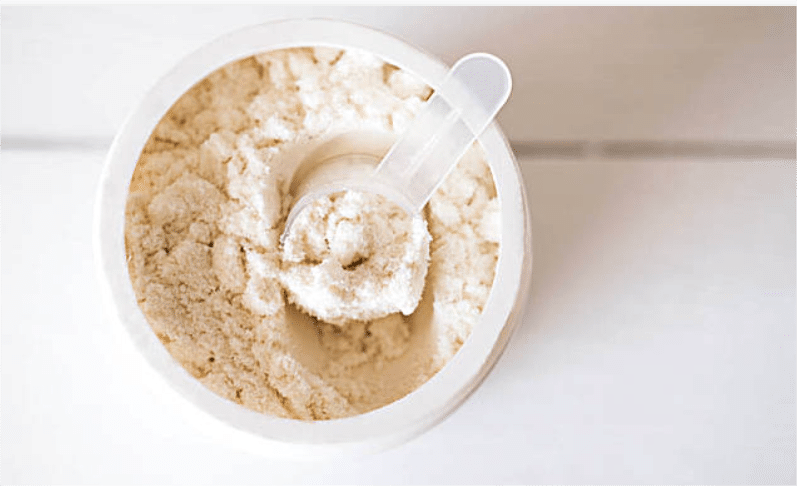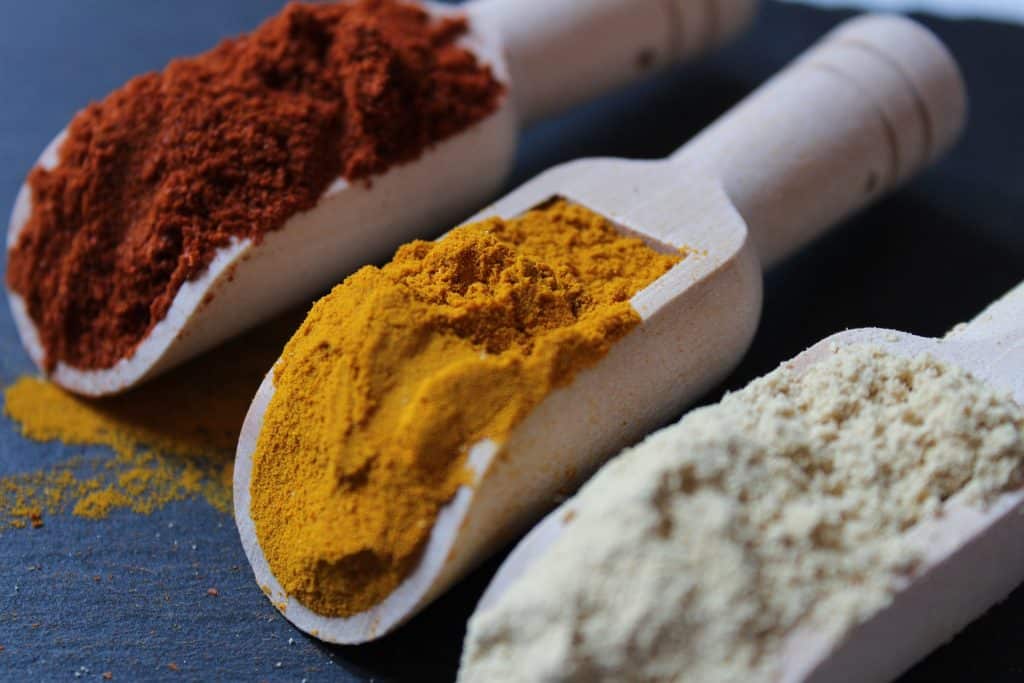Bovine Gelatin: The Essential Guide You Need to Know
In the ever-evolving world of dietary supplements and food ingredients, bovine gelatin has carved out a significant niche. As a vital protein derived from the collagen found in cows, bovine gelatin is a versatile ingredient used in culinary, pharmaceutical, and healthcare applications. This article delves deep into what bovine gelatin is, its benefits, production processes, and its growing significance in the market.
What is Bovine Gelatin?
Bovine gelatin, often simply referred to as gelatin, is a colorless, flavorless food ingredient derived from collagen that is extracted from the bones, skin, and connective tissues of cattle. It serves various purposes, primarily as a gelling, thickening, and stabilizing agent in food products and supplements. Its unique properties make it a preferred choice in many formulations across different sectors.
Basic Information
- Other Names: Gelatin, Bovine Gelatin Powder
- Latin Name: N/A (as it is derived from animal collagen)
- CAS Number: 9000-70-8
- Production Standards: Must meet food safety regulations, including HACCP and GMP standards.
- Appearance: Typically sold as a clear to pale yellow powder, and can also be found in sheets or granules.
- Taste: Neutral flavor, making it ideal for culinary applications where it doesn’t alter the taste of the final product.
- Production Solvent: Primarily water in the extraction process.
- Common Specifications: Varies depending on application; typically, gels at 35-40 degrees Celsius.
- Common Sizes: Routine packaging includes 1 kg to 25 kg bags for bulk use.
- Import Tariffs: Varies by region; checking local trade regulations is necessary.
- HS Code: 3503.00 – for classifications of gelatin.
- Typical Shelf Life: Usually around 2-3 years when stored properly.
- Storage Conditions: Store in a cool, dry place away from moisture.
- Packaging: Commonly packed in moisture-resistant materials.
The Birth of Bovine Gelatin
Bovine gelatin has a rich history dating back centuries. Early uses can be traced to ancient cultures where gelatin was utilized for food preservation and as a remedy for various ailments. Modern bovine gelatin production began to take shape in the 19th century with advancements in extraction techniques and growing demand in the food industry.
Market Presence and Physical Properties
In the marketplace, bovine gelatin is primarily available as a powder or in sheets. Its properties make it suitable for various applications, including:
- Culinary Uses: As a gelling agent in desserts, jellies, and confectioneries.
- Pharmaceutical: For use in capsules and as a stabilizing agent in liquid medicines.
- Cosmetic Products: Employed as a thickener or emulsifier in lotions and creams.
Auxiliary Ingredients in Production
While pure bovine gelatin is widely used, some formulations may include additional early stabilizers or preservatives to ensure longer shelf life and maintain quality. Ingredients can include:
- Preservatives: Such as potassium sorbate to enhance longevity.
- Flavorings: In some applications, to complement sweet treats and desserts.
Solubility of Bovine Gelatin
Bovine gelatin is not water-soluble in its dry form but becomes soluble when heated in water. Upon cooling, it forms a gel structure that is commonly used in food products.
Primary Applications in the Market
Bovine gelatin sees widespread use across several industries:
- Food Industry: Used as a gelling agent in yogurt, desserts, and sauces.
- Pharmaceuticals: Key component in creating capsules and tablets.
- Cosmetics: Acts as a thickening and stabilizing agent in beauty products.
- Nutritional Supplements: Frequently found in supplement formulations for joint health and collagen support.
Main Production Techniques
The production of bovine gelatin involves several key steps:
- Source Selection: Sourcing high-quality bovine hides and bones.
- Extraction: Collagen is extracted by boiling or hydrolyzing the raw materials.
- Filtration and Purification: The gelatin solution is filtered to remove impurities.
- Concentration: The liquid is concentrated through evaporation to increase the gelatin content.
- Drying: The concentrated gelatin is dried, often into a powder or sheets for packaging.
This streamlined process ensures that the end product retains the desired gelling properties.
Health Benefits of Bovine Gelatin
The consumption of bovine gelatin comes with various health benefits:
- Supports Joint Health: Rich in collagen, it can help maintain healthy cartilage and support joint flexibility.
- Gut Health: May assist in digestive health by promoting gut lining integrity.
- Skin Elasticity: Provides nutrients that may improve skin elasticity and hydration, combating signs of aging.
- Bone Strength: Contributes to overall bone health by supplying needed proteins.
It’s no wonder that supplement manufacturers are increasingly incorporating bovine gelatin into their formulations to tap into these health benefits.
Potential Side Effects
While generally regarded as safe, bovine gelatin may result in side effects in some individuals, including:
- Allergic Reactions: Although rare, some individuals may have sensitivities.
- Gastrointestinal Distress: Overconsumption can lead to mild nausea or digestive discomfort.
- Concerns for Dietary Restrictions: Not suitable for vegetarians or vegans due to its animal origin.
As always, moderation is key, and consulting healthcare providers is recommended for those with existing conditions.
Mechanism of Action in the Body
Bovine gelatin provides amino acids that are readily absorbed by the body. Once ingested, it contributes to collagen synthesis, vital for maintaining healthy skin, joints, and connective tissues. The gelatin’s unique properties allow it to bind water, aiding in keeping tissues hydrated.
Testing Methods for Quality Assurance
To ensure the efficacy and safety of bovine gelatin, several testing methods are employed:
- Gel Strength Testing: Measures the gelling ability of the gelatin.
- Microbial Testing: Ensures the absence of pathogens.
- Chemical Analysis: Confirms amino acid composition and purity levels.
These testing methods are crucial for maintaining high safety standards in production.
Popular Formulations Featuring Bovine Gelatin
Bovine gelatin can be found in several common formulations, including:
- Gelatin Powder: Used in both culinary and supplement applications.
- Gelling Agents: Found in bakery products and jellies.
- Photography Film: In the past, gelatin was used in film production, showcasing its versatility.
Recommended Dosage and Timeline for Effects
For those consuming bovine gelatin, the general recommended dosage for joint health or skin support is:
- 10-20 grams per day, preferably taken in divided doses.
Users often report improvements in skin and joint flexibility after about four to six weeks of consistent consumption, although results can vary.
Comparisons with Other Gelatin Types
When comparing bovine gelatin to fish gelatin, the key differences lie in their source and potentially their properties. Fish gelatin tends to dissolve quicker and offers a slightly different amino profile, making it ideal for specific recipes. For those seeking plant-based options, gelatin alternatives made from agar or carrageenan are available, although they often lack the same texture and binding properties.
Clinical Research Updates
Recent studies have focused on the health benefits of bovine gelatin, particularly in joint health and skin elasticity. Researchers continue to explore its role in sports nutrition and its effectiveness as a dietary supplement for aging populations.
Regulatory Landscape Overview
Bovine gelatin is subject to various regulations depending on the region:
- United States: Classified under food-grade standards, ensuring safety for consumption.
- European Union: More stringent regulations regarding animal sourcing and health claims.
- Australia and New Zealand: Both countries have specific guidelines to maintain ingredient integrity and consumer safety.
These regulations are essential for manufacturers to follow to ensure compliance in different markets.
Market Trends and Future Outlook
The market for bovine gelatin is experiencing steady growth, with an approximate annual increase of 5-7% expected due to rising demand in food and health supplements. The growing awareness of the health benefits associated with gelatin is likely to drive this growth further.
As consumers increasingly seek natural alternatives, the demand for food-grade bovine gelatin is on the rise, highlighting the importance of quality sourcing and production.
Production Process Summary
The production process for bovine gelatin, in brief:
- Raw Material Sourcing: High-quality bovine hides and bones.
- Collagen Extraction: Boiling or hydrolysis.
- Purification: Filtering to remove impurities.
- Drying and Milling: Obtaining the final gelatin product.
This straightforward yet effective process ensures that manufacturers produce high-quality gelatin to meet the needs of diverse applications.
FAQs for B2B Buyers
Here are common inquiries B2B purchasers might have regarding bovine gelatin:
- What is the origin of your bovine gelatin?
- Can you provide certifications of analysis?
- What are the different forms of gelatin you offer?
- What are your MOQ (minimum order quantities)?
- How do you ensure quality control throughout production?
- Is your gelatin halal/kosher certified?
- Can your gelatin be used in vegetarian recipes?
- What is the shelf life for your gelatin products?
- Are samples available for product evaluation?
- How is your gelatin extracted and processed?
- Is bovine gelatin good for hard capsule?
- Is bovine gelatin good for soft capsule?
- Is bovine gelatin good for gummy?
- Is bovine gelatin good for candy?
- Is bovine gelatin better than fish gelatin?
- Is bovine gelatin better than porcine gelatin?
- What is the best bloom of the bovine gelatin?
Advantages and Disadvantages of Bovine Gelatin
Advantages:
- High-quality source of protein beneficial for joint and skin health.
- Versatile across multiple industries, from food to pharmaceuticals.
- Generally well-tolerated with minimal side effects.
- Naturally derived with no artificial additives.
- Effective thickening agent in cooking and baking.
Disadvantages:
- Not suitable for vegetarians or vegans.
- Allergic reactions may occur in sensitive individuals.
- Requires proper storage to maintain quality.
- Overconsumption can cause digestive issues.
- Generally higher cost compared to synthetic alternatives.
Tips for Choosing a Bovine Gelatin Supplier
For businesses seeking reliable suppliers, here are some tips:
- Certifications Check: Ensure the supplier has the necessary certifications such as ISO or GMP.
- Product Range: Opt for suppliers that offer a variety of gelatin types and forms.
- Transparency in Sourcing: Knowing the source of bovine gelatin is crucial for quality and ethical standards.
- Reliability: Look for suppliers who can provide consistent quality and delivery schedules.
- Ask for References: Reliable suppliers should be able to provide customer testimonials or case studies.
Conclusion
Bovine gelatin serves as a crucial ingredient in various culinary and pharmaceutical applications, boasting extraordinary health benefits that contribute to its market presence. If your business is interested in high-quality bovine gelatin, Gensei Global Industries is here to help. With FDA certifications and robust quality assurance processes, we ensure outstanding ingredient sourcing to support your product development.




